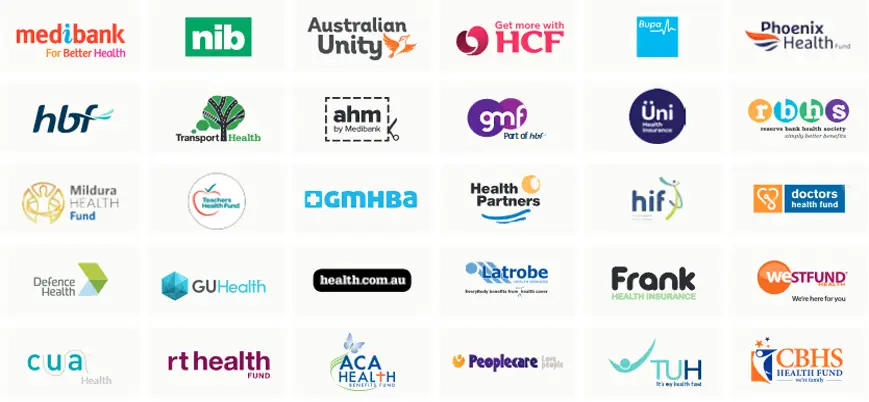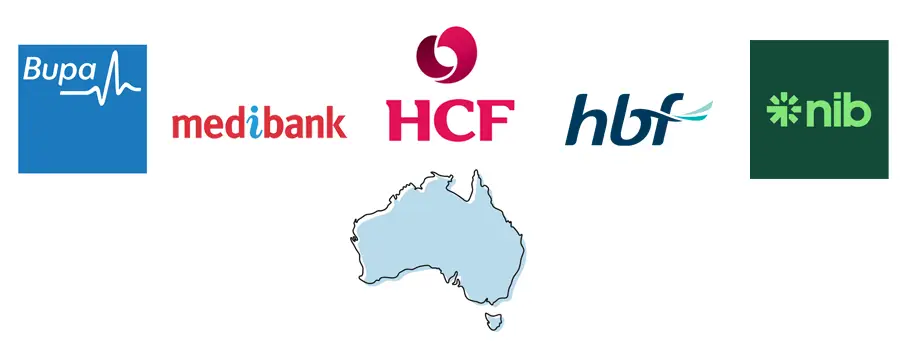The Short Version

Do The Biggest Health Funds by Market Share mean Better Performance?
There are nearly 40 different private health insurance brands in Australia, but most people have only heard of four or five, almost always including Medibank, BUPA, HCF, NIB and HBF. It’s no coincidence that these are also the top five health funds by market share and membership base.
Medibank vs BUPA alone collectively accounts for nearly 52% of all insured Australians, with Medibank holding a 27.5% market share versus BUPA at 24.7%. This means that more than half of the 11-12 million Aussies that hold private health cover are with one of Medibank or BUPA.
This begs a very important question: Who are the other 35 health funds in Australia and how do they compare to the big mogul health funds: Medibank, Bupa, HCF, NIB and HBF?
Let’s find out using real data from the State of the Health Funds Report 2022 provided by the Commonwealth Ombudsman of Private Health Insurance.
All the Private Health Funds in Australia
In approximate order of market share after Medibank, Bupa, HCF, NIB and HBF are the following health funds:
- Teachers Health
- Australian Unity
- GMHBA
- Defence Health
- CBHS
- Westfund
- Health Partners
- HIF
- Latrobe
- St Lukes
- TUH
- CUA Health
- Peoplecare
- Doctor’s Health
- Police Health
- Queensland Country Health
- Navy Health
- AIA Health
- Mildura Health Fund
- Phoenix
- HCI
- Onemedifund
- Transport Health
- ACA
- Nurses and Midwives
- RT Health Fund
- CBHS Corporate
- CDH
- Reserve Bank
Some health insurance companies also underwrite or white-label health insurance brands including AAMI, APIA, Astute Simplicity Health, AHM, Budget Direct, Emergency Services Health, Frank, GMF, GU Corporate, Health.com.au, Healthguard, Hunter Health Insurance, iSelf, Kogan, Manchester Unity, MyOwn, NRMA, Qantas Assure, Suncorp, Territory Health, UniHealth and Union Health.
You can see who owns these brands on our list of health insurance companies article here.

Open vs Restricted vs Closed Health Funds
- Open means any Australian permanent resident or citizen can join the fund.
- Restricted means membership is only open to specific types of professions, organizations, unions or employees.
- Closed means the health fund is no longer accepting new members.
Nurses & Midwives is currently the highest-performing health fund with an incredible 98.5% benefits returned as a percentage of premiums paid by members, however, not many people can join them. .
For Profit vs Not for Profit Health Insurance
A Not-for-Profit health insurer means that profits go back to members after expenses are paid and management costs are afforded.
A vast majority of Australian health insurance companies are Not-for-Profit. There are 25 health funds that operate as Not-for-Profit and holistic data suggests that, on average, they return more back to members in benefits against premiums paid than big For-Profit health funds like Medibank, BUPA and NIB.
Data also suggests that members of Australian Not-for-Profit health funds are happier, with an average score of 95% customer satisfaction across the board. Members of NFP funds are also more likely to stick and not leave the fund and more trusting of the fund they are a member of.*
* NFP Performance data obtained from Members Health Fund Alliance (formerly Members Own Health Funds)
The largest open Not-for-Profit health funds in Australia include HCF, HBF, GMHBA/Frank, Westfund, Health Partners, HIF, Phoenix and Peoplecare.
If you’d like to see how some For Profit and Not For Profit health fund policies compare as a match for your health needs, get in touch for a fast and free quote from one of our health advisers.
Conclusion
There are many different shapes and sizes when it comes to health insurance funds in Australia. Some are huge funds with millions of members but profits go to shareholders, like Medibank vs BUPA vs NIB. There are also just as sizable funds like HCF vs HBF but profits go back to members.
The critical thing to take away is there are also more than 35 other health insurers and brands that might not be as big as the Big 5 but have proven to outperform them in key areas like benefits paid, customer satisfaction, retention and trust.
Are you ready to compare some great health funds? Contact us below for a 100% free Quote..









